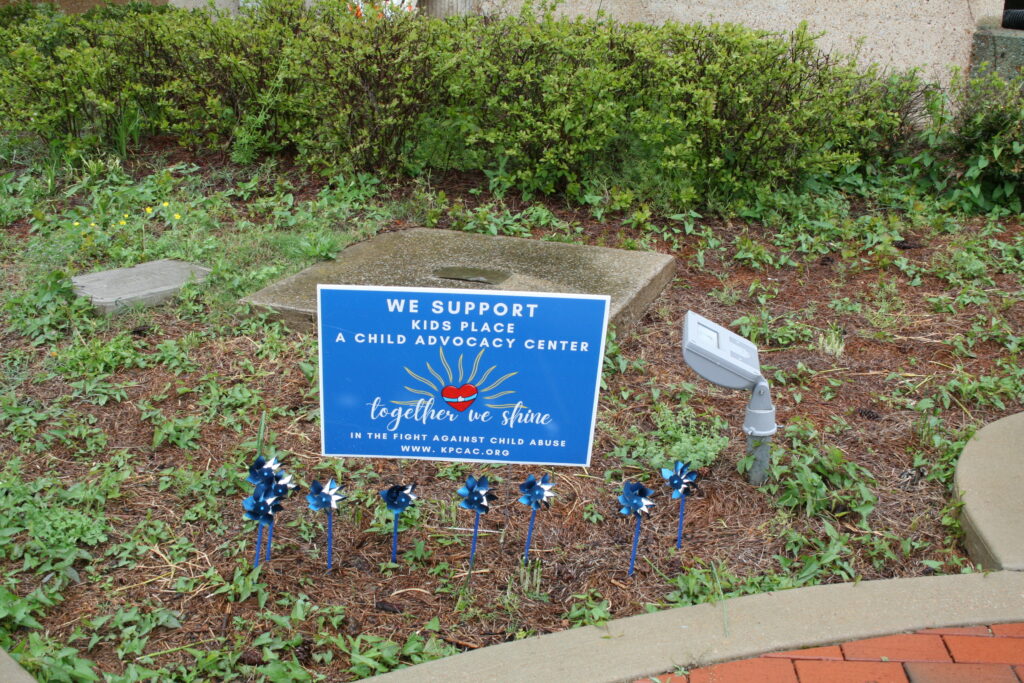This is the time of the year that most pastures are grazed down pretty low, and producers across the state are feeding hay to provide nutrients to their cattle. Most people aren’t really thinking about their pastures right now, since they aren’t providing any grazing. But now is a key time for an important pasture management tool, weed control of winter annual weeds.
This past fall was extremely dry, with very little moisture in September and October. Normally those months are when many of our cool-season weeds like buttercup, thistle, and buckhorn plantain begin to germinate and grow in pastures. But the drought delayed many of those weeds from germinating until late October and November, when there was finally enough soil moisture to start the germination process.
Because of the late germination of many of these weeds, you may not have noticed them growing in your pastures. Now is a good time to walk or drive across your fields to estimate how much weed pressure there will be next spring. You may not be able to see the weeds if you scan across the horizon looking at a pasture. You need to travel across and look directly down to see them.
If you see a heavy presence of these weeds, December is an excellent time to apply 2,4-D to control them. For buttercup and thistle, one quart per acre will provide excellent control. If buckhorn plantain is present, you need to increase the rate to two quarts per acre. The best time to apply is after three warm days, when the temperature reaches approximately 60 degrees. Be sure to include one quart of a non-ionic surfactant to every 100 gallons of spray mix.
Even if you have been using herbicides for many years, it is still a good idea to read over the herbicide label. This helps make sure you are following all instructions and understand any restrictions you need to adhere to.
There are several reasons a fall application is preferable to spring applications. First, the ground is often more solid and less muddy than in February or March. It is easier to get over the field without making tracks or tearing up any ground.
Another benefit to fall applications of 2,4-D is that you can replant clovers in February without having to worry about residual effects of the herbicide reducing germination. There needs to be 30 days between spraying and planting clovers. If you spray in February, waiting 30 days puts you outside the recommended seeding window. Spraying in December, however, gives plenty of time for the herbicide to dissipate and allows clovers to germinate and establish.
Don’t pass up this excellent opportunity to kill weeds and help provide good pasture growth in the spring.
By: Dr. Gary Bates, Director UT Beef and Forage Center
Photos courtesy of UTIA.
UPCOMING EVENTS:
-Dicamba/Paraquat Training: Feb. 6th or Feb. 7th (1pm)
-Private Applicator Recertification: Feb. 6th (6pm), Feb. 7th (6pm), or Feb. 12th (1pm)
-BQA: Feb. 11th (6pm), Feb. 13th (1pm or 6pm), Feb. 18th (9am or 6pm), or Feb. 20th (9am or 1pm)
-Master Beef Producer: March 6th (3pm-8:30pm) AND March 7th (8am-4:30pm)
Call or stop by for details. 931-722-3229







